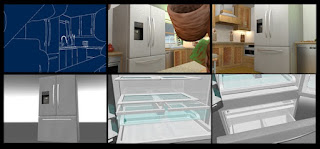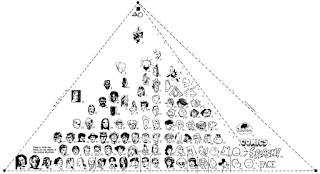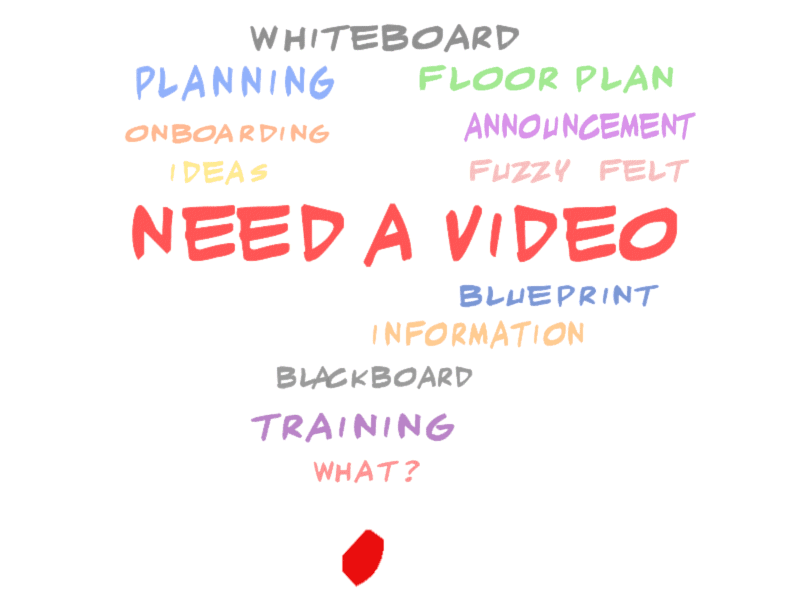Once upon a time...
When someone on the Internet wants an animation, there are a few kinds to choose from. Any of those kinds can have characters, but the importance of those characters can change depending on the type of animation they're in. To be clear, this is a post about animation and character types. To read about animation detail and quality, see "Characters on the Grid" in this same blog.
Character Animation
If you ask an animator what character animation is. They would tell you that character animation is the animation that is done to make a character come to life. Animating a character. That animator would be right, but that's not what we're talking about here. What we're talking about is an animation that is driven by a character, and that's really quite different.
Usually, it's pretty simple. Got a story? Got a situation? If the answer is yes, then you probably have a main character, and that means you probably have a character animation. But, don't get carried away because its not always that simple. A storyline with a character may not necessarily be a character based animation, especially if the individual characters aren't all that important. Sometimes, informational or explainer videos, which will be described in more detail later, can have characters and storylines, but they may not actually be character animations because the character isn't really what you're there for.
Character consideration: Arnold
Arnold is a little boy, singing and dancing in his kitchen. Sometimes he drums on a pot with a spatual. Sometimes he plays macaroni and cheese boxes like marachas. He does silly dances and sings a silly song for about two and a half minutes.
The Novamation MEDIA character animation, "Everybody Dance" features a nameless little boy (we gave him the working name, Arnold) singing a song and dancing in a kitchen. The child is the main character, and the prime subject is the song. The character here is important. Novamation MEDIA engaged in an intense character design process with the client to get this character just right. In the end, the character's design carried the entire feel of the animation.
Demonstration
Explainer and Training
Steve is a pest management professional who needs to inspect the roof of a building that he can't get access to. Steve uses a drone to get a close look at possible rodent entry areas on his client's roof. Steve saves time and money by using a drone to get access to high areas where he often can't go himself.
"This is Steve. Steve is an IPM professional with a real problem..."
"Now, Steve is doing great because he uses [INSERT PRODUCT NAME HERE]". Join Steve and thousands of others who lead happy lives because they use [INSERT PRODUCT NAME HERE].
Infographic and Motion Graphic
Sometimes an animation is useful to show statistics or illustrate a concept. There can be characters in this type of animation, but those characters are usually just representations of a part of the population. Animated logos also tend to fall into this category. These animations tend to make up the largest part of Internet animation, and often customer needs can be easily handled by software animation packages that a client can use to animate a piece of clip art, or animate text.


























